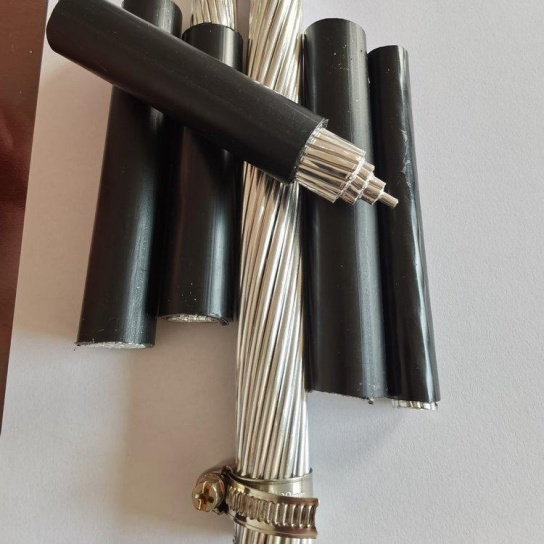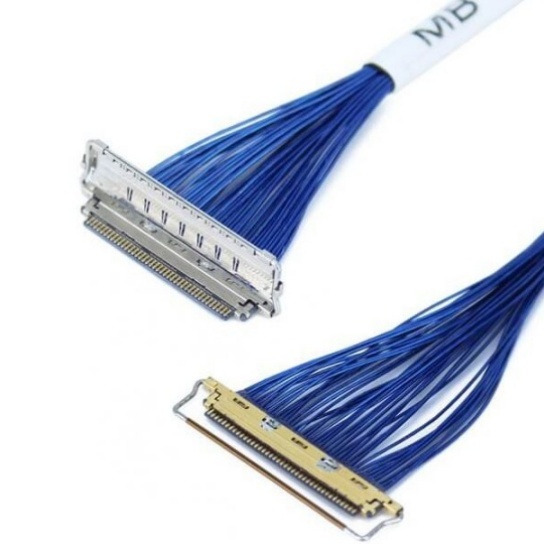The Impact of RoHS Standards on Aviation Cables
The Restriction of Hazardous Substances (RoHS) directive, initially introduced by the European Union to limit the use of hazardous materials in electrical and electronic equipment, has reshaped manufacturing practices across industries. While aerospace has historically enjoyed exemptions for certain applications due to stringent performance requirements, evolving regulations and environmental pressures are increasingly influencing aviation cable design and production.
Understanding RoHS in Aerospace Context
RoHS restricts six hazardous substances in products: lead (Pb), mercury (Hg), cadmium (Cd), hexavalent chromium (Cr VI), polybrominated biphenyls (PBBs), and polybrominated diphenyl ethers (PBDEs). For aviation, exemptions have existed for components where substitutes are deemed technically unfeasible—such as high-reliability solder containing lead or specialized coatings. However, tightening global regulations and corporate sustainability goals are driving the aerospace sector to reduce or eliminate these exemptions, directly impacting cable manufacturing.
Key Impacts on Aviation Cable Design and Materials
- Material Substitutions
Traditional aviation cables often rely on materials now restricted under RoHS:
Lead-based solder: Used in connectors and terminations for its reliability in high-temperature and high-vibration environments.
Hexavalent chromium: Applied as a corrosion-resistant coating on connectors.
Halogenated flame retardants: Some PBDE-containing compounds enhance fire resistance.
To comply, manufacturers must adopt alternatives:
Lead-free solders (e.g., tin-silver-copper alloys), which require revalidation for thermal and mechanical performance.
Trivalent chromium coatings or nickel-based plating for corrosion protection.
Non-halogenated flame retardants (e.g., phosphorus-based additives) that meet smoke-toxicity standards like ISO 19671.
- Performance Trade-offs
Substitute materials may introduce challenges:
Lead-free solders have higher melting points, demanding adjustments in assembly processes.
Non-halogenated insulation materials might exhibit reduced flexibility or higher weight, affecting cable routing and aircraft efficiency.
New coatings may require extensive testing under extreme conditions (e.g., salt spray, humidity) to ensure longevity.
- Supply Chain Complexity
RoHS compliance requires stringent supply chain oversight:
Raw material suppliers must provide documentation (e.g., RoHS conformity certificates).
Traceability systems are essential to track restricted substances throughout the production lifecycle.
Certification and Testing Challenges
Aviation cables must comply with both RoHS and aerospace-specific standards (e.g., SAE AS22759, RTCA DO-160). This dual compliance complicates certification:
Revalidation Costs: Switching materials necessitates retesting for electrical, mechanical, and environmental performance.
Extended Timelines: Qualification tests for new materials can delay product launches.
Conflicting Requirements: For example, a RoHS-compliant insulation material might not meet aviation flame-resistance criteria, forcing compromises.
Industry Responses and Innovations
To address these challenges, the aerospace sector is adopting strategies such as:
Collaborative R&D: Partnerships between cable manufacturers, chemical suppliers, and OEMs to develop RoHS-compliant materials that meet aviation standards.
Advanced Coatings: Nanotechnology-based coatings that offer corrosion resistance without hexavalent chromium.
Hybrid Designs: Combining RoHS-compliant materials in non-critical sections while retaining exemptions for mission-critical components (pending regulatory approval).
Future Trends and Regulatory Pressures
The EU’s RoHS 3 Directive (2015) and similar laws in regions like China and California signal a global shift toward stricter substance controls. Aerospace exemptions are under scrutiny, particularly for commercial aircraft sold in RoHS-regulated markets. Proactive steps include:
Phasing Out Exemptions: Gradually replacing restricted substances in anticipation of regulatory changes.
Sustainability Integration: Aligning RoHS compliance with broader ESG (Environmental, Social, Governance) goals to appeal to eco-conscious stakeholders.






